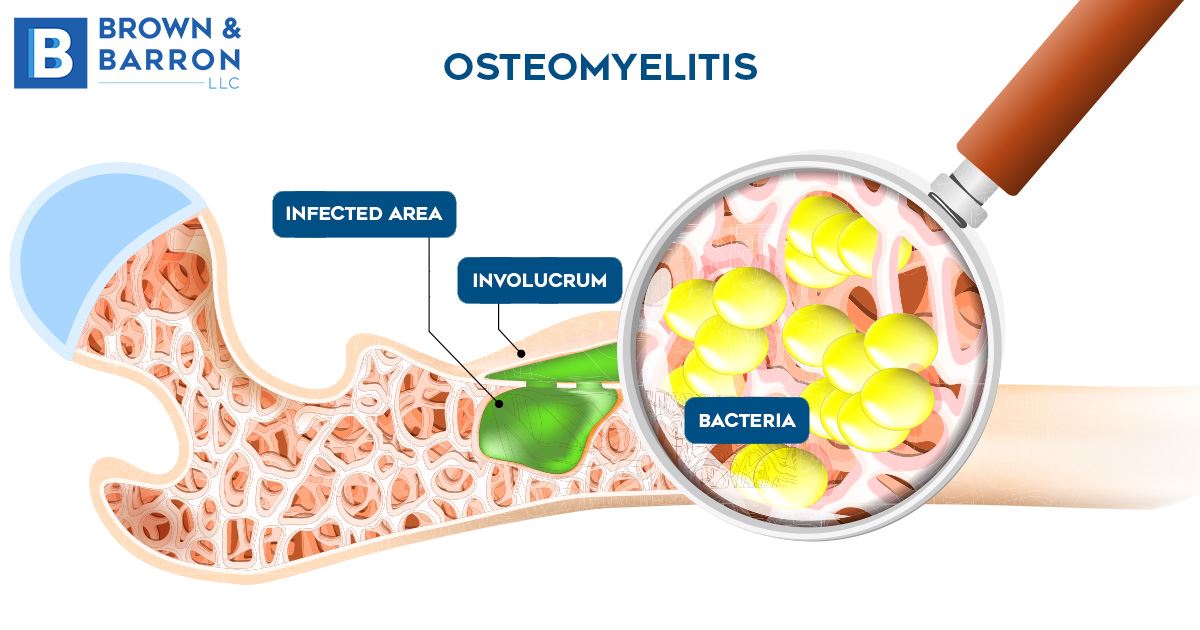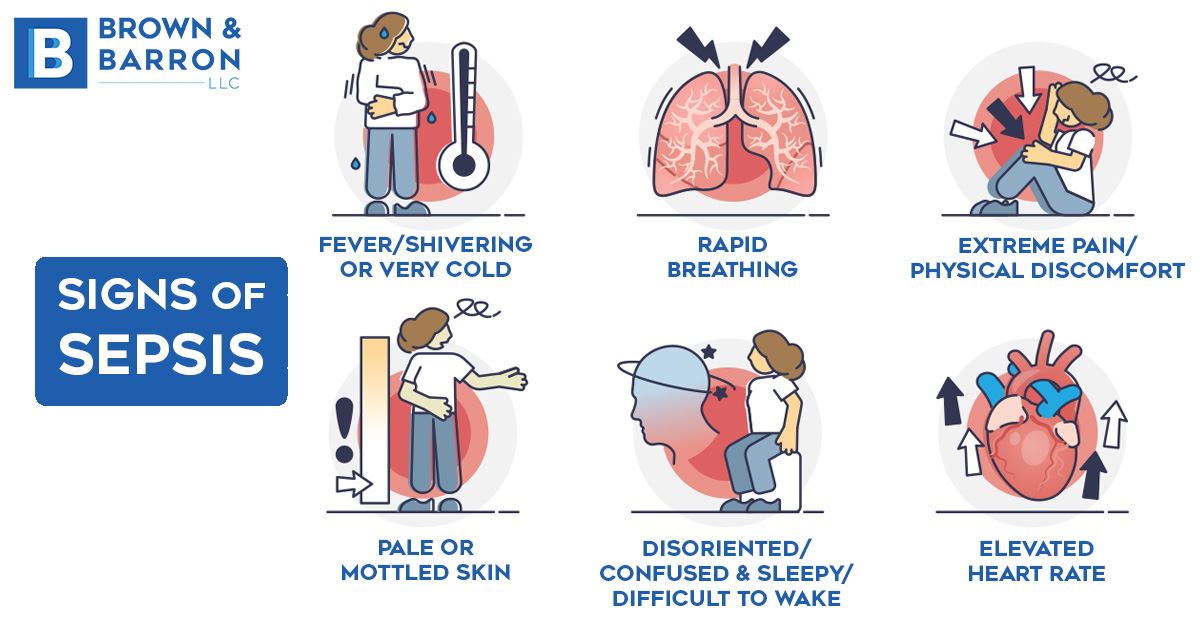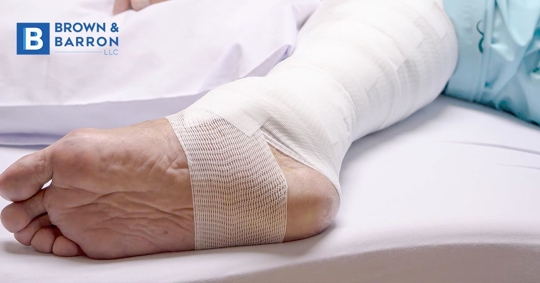A bedsore is like an iceberg. The most dangerous part of the injury is often well below the surface. A bedsore begins as a red, warm spot on the skin. Left untreated, the damage will spread and penetrate deep into the body. The tissue damage and infection can affect 1) layers of tissue, such as skin, fat, muscle, and joint tissue, 2) bone, and 3) in extreme cases, the level of infection caused by a neglected pressure ulcer can overwhelm the entire immune system.
To schedule a free case review with a nursing home abuse & neglect lawyer serving Baltimore, call Brown & Barron at (410) 698-1717 or contact us online today!
What Is a Bedsore?
A bedsore (also called a pressure ulcer or a pressure wound) is an injury where constant pressure on vulnerable points of the body will result in a slow, painful, penetrating wound, which is susceptible to infection and even life-threatening health issues. The victims are usually severely disabled people due to injury, dementia, or other infirmities. These are typically people who are immobile and trapped in the same resting position for extensive periods of time, due to neglect, leading to pressure wounds.
Many of these people are bedridden, which is why the condition is called a bedsore. However, they also occur to people in chairs or wheelchairs. It’s important to note that every bedsore in a medical facility or nursing home is the result of negligence, as defined by their own standards.
If you want more articles like this, subscribe to our free monthly newsletter by clicking here.
The 3 Signs of Severe Bedsores & Negligence
The medical community has defined the stages of a bedsore based on the severity of the individual injury, and they are ranked 1 to 4, with 4 as the most severe classification. Some systems include a fifth or “unclassifiable” stage for even more severe pressure ulcers. These stages are based on several factors, including the types of damage, some which might be unfamiliar to the average person.
These might include:
Necrosis
Osteomyelitis
Sepsis
Here we will define these three terms:
What Is Necrosis in a Bedsore?
Necrosis is the permanent death of body tissue. Gangrene is one type of necrosis with which many people are familiar. Gangrene is the death of tissue (necrosis), caused by a lack of blood supply. Necrosis can occur for other reasons, such as injuries, infections, and diseases, as well as a lack of blood flow. These conditions lead to the irreversible death of tissue (skin, fat, muscle, tendons, ligaments, etc.), which we call necrosis.

A bedsore often results in necrosis. The constant pressure cuts off blood flow to vulnerable areas of the body, especially in thin people and bony body parts (e.g., hips, elbows, etc.) without much body fat. Necrosis in a pressure ulcer or bedsore can be caused by a combination of lack of blood flow, infection, and other necrotic factors.
Once necrosis has affected body tissue, it cannot be healed. The dead tissue must be removed to prevent the spread of decay to neighboring tissue and infection. Necrosis occurs in Stage 3 (and some Stage 2) bedsores. It requires hospitalization and weeks or months of recovery. Without intervention, it will inevitably move on to a Stage 4 pressure ulcer, in which muscle, bone, and infectious damage are present and life-threatening issues can occur.
What Is Osteomyelitis in a Bedsore?
Osteomyelitis is an infection of the bone. The condition can originate in the bone itself, but it is often the result of infection that has spread from the bloodstream or nearby tissue. When a bedsore has reachedStage 4, there is a gruesome crater, usually infected, exposing muscle and bone. Under these circumstances of gross neglect, the infection can penetrate bone (osteomyelitis) and joint tissue, resulting in permanent loss of joint function.

Unlike necrosis, osteomyelitis is considered treatable. That is, this bone can be healed, unlike dead tissue. However, if osteomyelitis occurs due to a bedsore, there are usually much bigger health challenges to overcome.
What is Sepsis in a Bedsore Situation?
Sepsis is the human body’s extreme response to an infection, such as a severe bedsore. This whole-body inflammatory response can cause multiple organ failure. It’s a life-threatening medical emergency. In fact, 1 in 3 hospital deaths involve sepsis. Sepsis can strike the body quickly and unpredictably.

In severe cases it can lead to a chain reaction of organ failure and a condition called sceptic shock (a severe drop in blood pressure), which can result in death. One of the main causes of sepsis is skin bacterial infections, such as a severely infected pressure ulcer.
To schedule a free case review with a nursing home abuse & neglect lawyer serving Baltimore, call Brown & Barron at (410) 698-1717 or contact us online today!


